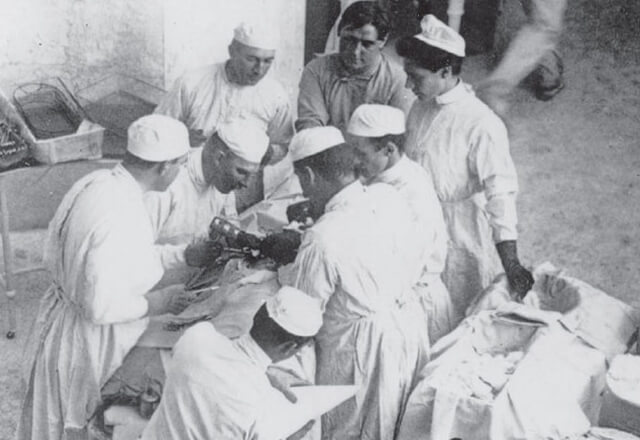History

When The Johns Hopkins Hospital first opened, a young surgeon from New York, William S. Halsted, M.D., was chosen as the first surgeon-in-chief, Halsted laid the foundation for surgical training as we now know it in the United States. In an address on the "Training of the Surgeon" presented at Yale in 1904, Halsted said,
"We need a system and we will surely have it - which will produce not only surgeons, but surgeons of the highest type, who will stimulate the finest youths of their country to study surgery, and to devote their energies and their lives to raising the standards of surgical science."
Halsted founded a residency training program that dramatically changed the way surgeons were trained. Before Halsted, surgical training was a haphazard series of preceptorships without a definite end. Halsted believed that surgical training should be accomplished in a set period of time, have a progressive increase in responsibility and operative experience, and have a final period of independent activity. These important principles have been maintained at Johns Hopkins despite recent pressures to eliminate independent activity.
View an interactive timeline of the history of Johns Hopkins Medicine
